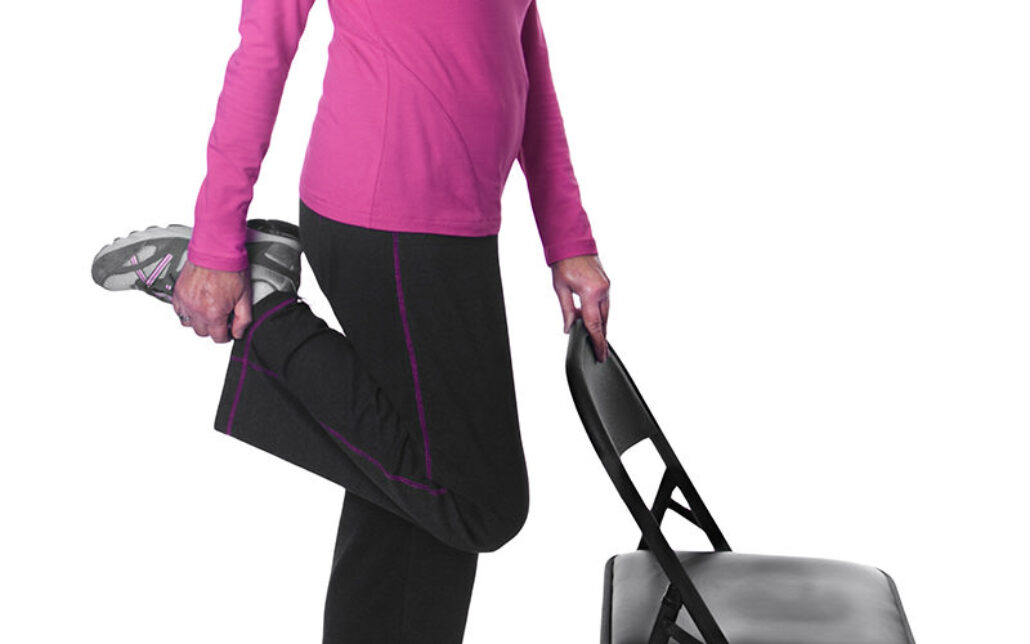The risk of hip fracture increases as we age; here’s what you can do to stack the odds in your favor.
A hip fracture is a serious injury, particularly for the older patients who are most susceptible to them. These fractures occur in the femur, just below the hip joint. Most are caused by factors that weaken bone over time, combined with the impact from a fall.
Hip injuries occur most often in people aged 65 and older. Women are especially vulnerable; suffering approximately 70 percent of hip fractures. Treatment typically requires surgery, hospitalization, and extended rehabilitation. Even then, a hip fracture is often the end of independent living. Most patients go from rehabilitation to an assisted living arrangement.
There are short-term and long-term steps you can take to reduce the risk of a hip fracture as you age.
Commit to exercise
Moderate exercise can slow bone loss and maintain muscle strength. It can also improve coordination. Good exercise options include climbing stairs, jogging, hiking, swimming, dancing, and weight training.
Embrace balance training

Balance practices like tai chi have been shown to decrease falls and reduce the risk of hip fracture. When you add balance training to your routine, you can increase your self-confidence as well as your body balance.
Improve your bone strength
Talk with your doctor about any fracture risk factors you may have. Together, you might want to consider a bone density test. Genetics also plays a role in bone health, and can mean a higher rate of bone turnover as you age. A bone metabolism test can help assess your risk. If bone loss is an issue, your doctor may prescribe medication to slow bone loss and increase bone strength.
Create a safe home environment
Because most fractures are the result of a fall, you can safeguard yourself with simple home safety improvements. Remove clutter and unstable area rugs, use adequate lighting, and install stabilizing bars in bathrooms.
Monitor your medications
Talk with your doctor about prescribed and over-the-counter medications that might cause drowsiness or dizziness. Keep an up-to-date list of all of your medications to provide to other healthcare providers you might consult.
These long-term health strategies and preventative measures could pay big dividends that extend your longevity with a vibrant active lifestyle, and healthy strong hip joints.
When to seek treatment for your arthritis
Arthritis doesn’t have to spell the end of an active life. If you are experiencing worrisome symptoms or persistent pain, the renowned arthritis specialists at Summit Orthopedics can help. We work with you to confirm a diagnosis and develop an appropriate conservative treatment plan. If nonsurgical treatments fail to support your lifestyle goals, fellowship-trained orthopedic surgeons will consult with you and discuss appropriate surgical options. Summit is home to innovative joint replacement options. Our Vadnais Heights Surgery Center is one of only two surgery centers nationally to receive The Joint Commission’s Advanced Certification for Total Hip and Total Knee Replacement.
Start your journey to healthier joints. Find your arthritis expert, request an appointment online, or call us at (651) 968–5201 to schedule a consultation.
Summit has convenient locations across the Minneapolis-St. Paul metro area, serving Minnesota and western Wisconsin. We have state-of-the-art centers for comprehensive orthopedic care in Eagan, MN, Plymouth, MN, Vadnais Heights, MN, and Woodbury, MN, as well as additional community clinics throughout the metro and southern Minnesota.
More resources for you
- A Diet Designed For Healthy Hips
- Why Are Younger Patients Getting Hip Replacements?
- Read the story: Jodi’s Hip Repair
- Ask Dr. Wickum: How long does a hip replacement last?
- Easy Hip Warm-Up Stretches
- Ask Dr. Skendzel: What is a hip impingement, and can I prevent it?
- Osteoporosis Puts Men At Risk For Hip Fracture


